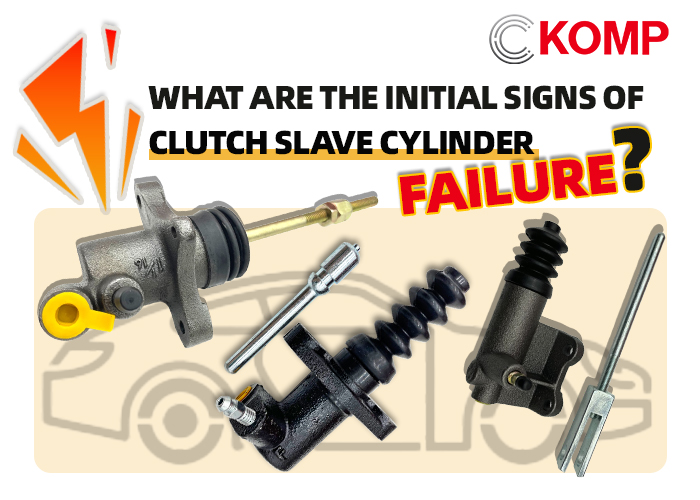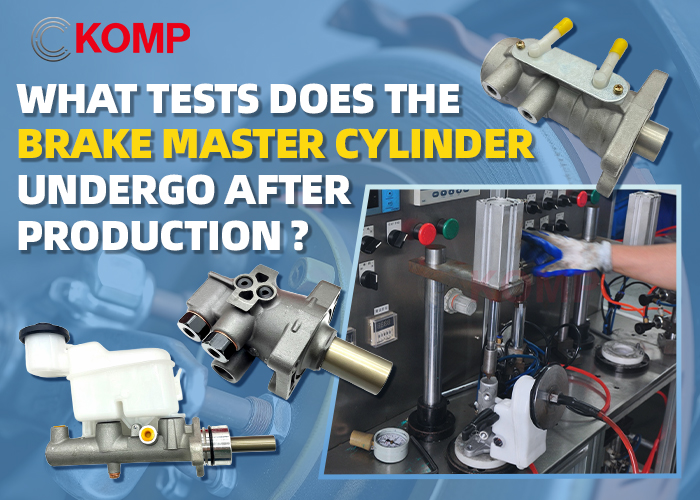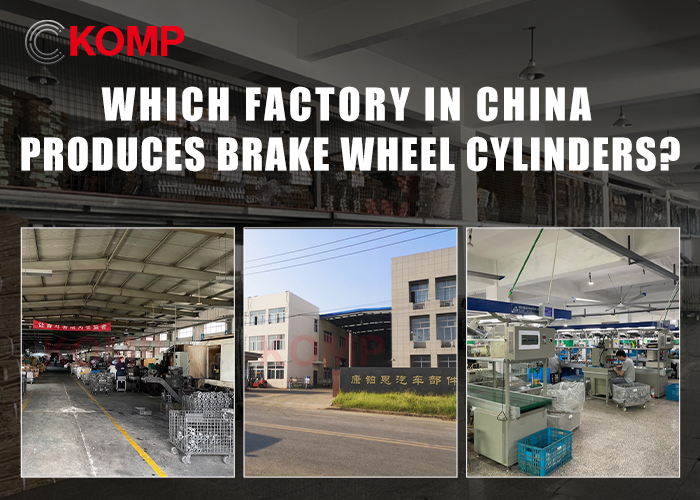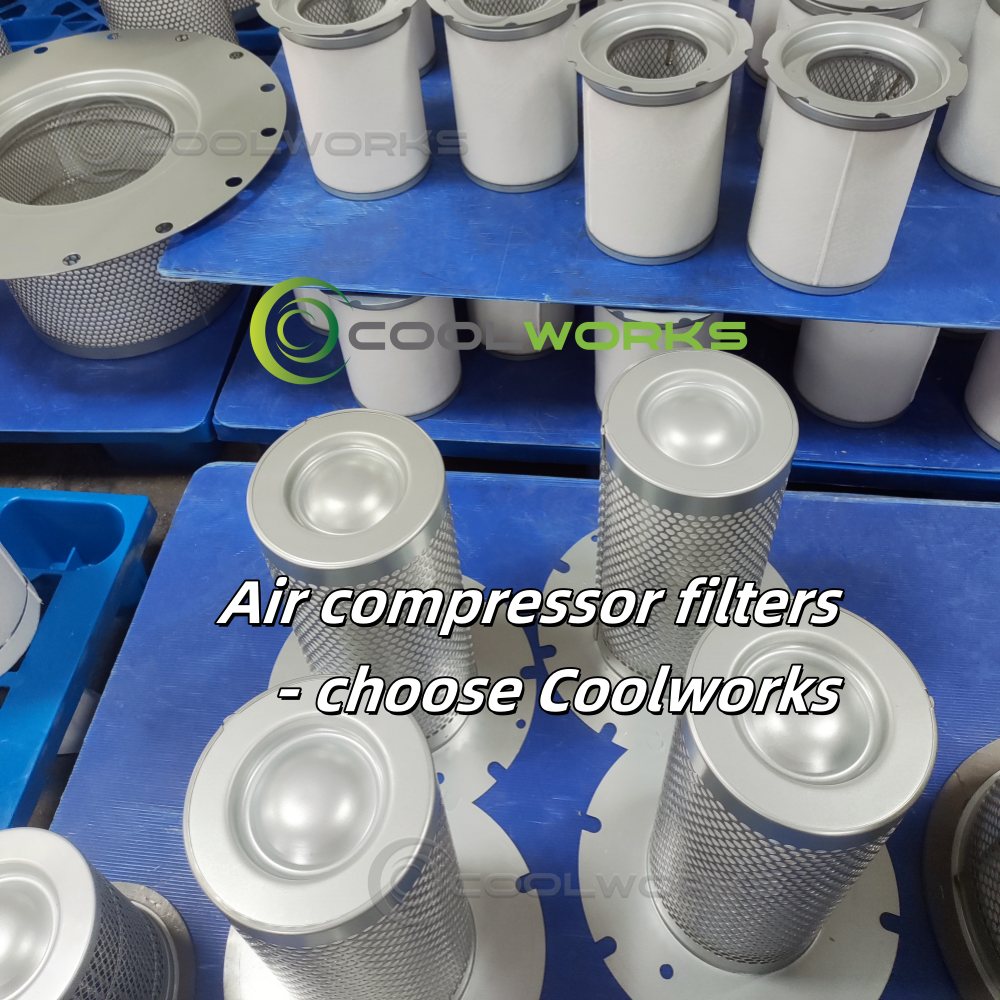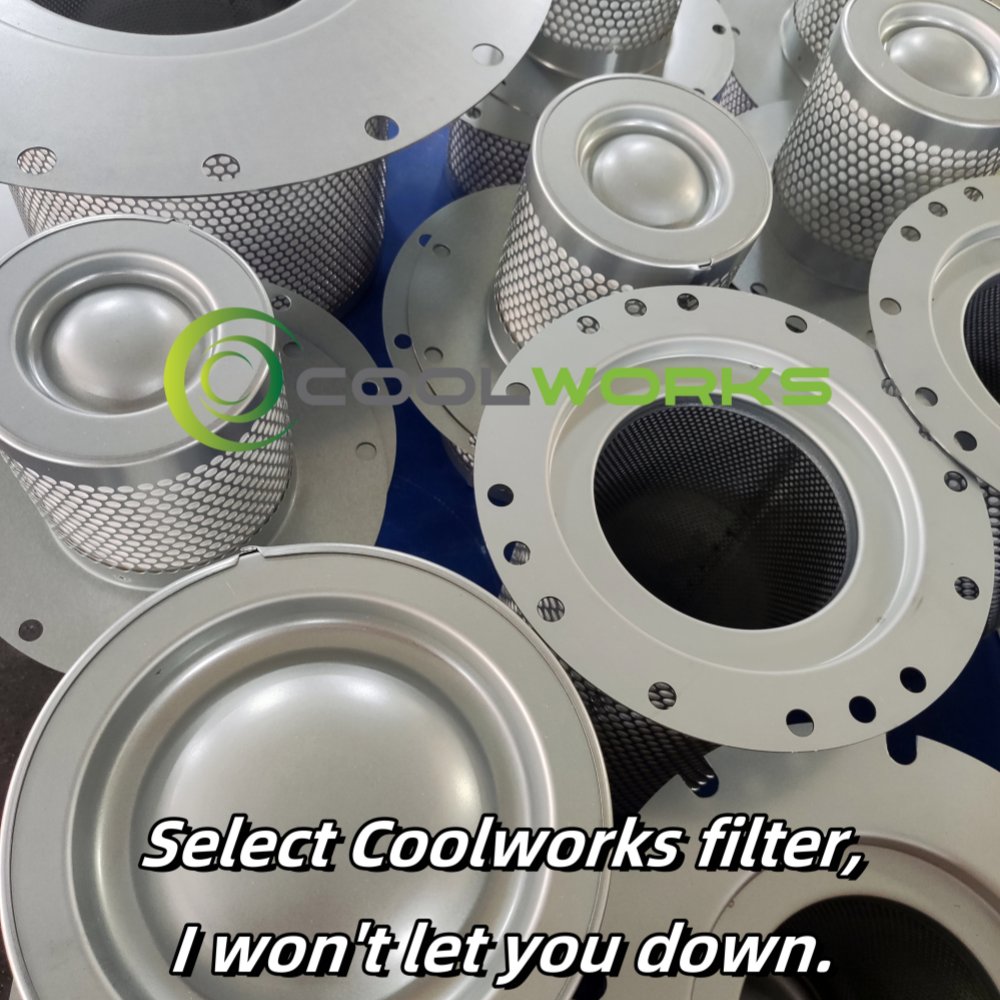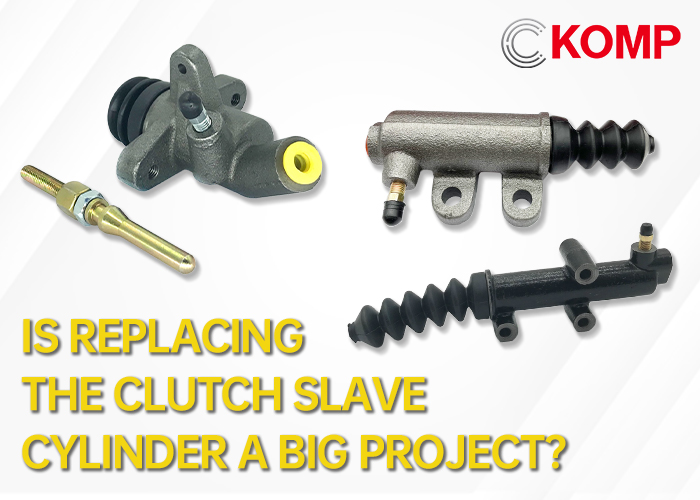
1. Hydraulic slave cylinder: structure determines the complexity of maintenance
From the installation position, the hydraulic slave cylinder is usually close to the gearbox housing and surrounded by the engine, drive shaft and other components. When disassembling, the air filter, battery and even some pipelines must be removed first. The step of "disassembling peripheral components" alone takes 1-2 hours. More importantly, the slave cylinder and the master cylinder are connected by a high-pressure oil pipe, and the "air exhaust" operation must be performed after replacement. If the air is not exhausted, the clutch pedal stroke will become shorter and the gear shifting will fail. This step requires extremely high technical proficiency, and novices can easily rework repeatedly.
2. Differences in vehicle models: Taking Toyota clutch slave cylinder as an example to see the impact of design
Even if it is the same replacement of the slave cylinder, the construction difficulty of different models may be very different. Taking Toyota's clutch slave cylinder as an example, its design features directly affect the cost and time of maintenance.
The clutch slave cylinder of some Toyota models (such as Corolla and Lelink) is highly integrated with the gearbox, and the gearbox needs to be lifted to be disassembled. The lifting step alone requires a special bracket and 3-4 people to cooperate, and this alone will increase the working hours by 2-3 hours.
In addition, the interface design of Toyota's original slave cylinder is relatively special, and special tools must be matched when replacing it. If the repair shop does not have complete tools, it may be embarrassing to "take it down but not install it". This is why the repair quotes for the same clutch cylinder can differ by more than $100 on different models - the model design directly determines the "size of the project".
3. Parts selection: How to choose original parts & OEM clutch cylinder parts?
When replacing the clutch cylinder, the selection of parts is an unavoidable topic. There are currently two main types of products on the market: original parts and aftermarket parts. The difference between the two directly affects the repair effect and subsequent use costs.
The original clutch cylinder usually refers to officially authorized parts that are directly in line with the factory standards of the car. The quality is stable, but the price is higher. This type of part is suitable for car owners who have high requirements for reliability, especially for vehicles within the warranty period, to avoid problems with the parts affecting the warranty of the entire vehicle.
OEM clutch slave cylinder are "aftermarket parts" produced by manufacturers for OEMs. They are manufactured according to original factory standards, but are labeled with third-party brands, and the price is only 60%-70% of the original parts. At this point, I have to recommend a Chinese clutch cylinder manufacturer—KOMP, a brake cylinder and clutch cylinder manufacturer in Wuhu, China, with 24 years of professional manufacturing experience, good product quality, 1-year or 30,000KM warranty, and very favorable prices, which is the choice of many parts importers.
4. Summary: Is it a big project? Look at these 3 standards
A. Vehicle design: If the gearbox needs to be lifted (such as some Toyota models), it is a "big project"; if only the peripheral parts can be removed for replacement, it is a medium project.
B. Maintenance team: For professional stores, hydraulic cylinder replacement is a routine operation; if the repair shop lacks experience, it may become a time-consuming and labor-intensive "troublesome matter".
C. Accessories matching: Choosing original parts or aftermarket parts, and coordinating with standardized construction, can reduce the probability of rework, otherwise it may turn a small repair into a "protracted war".
